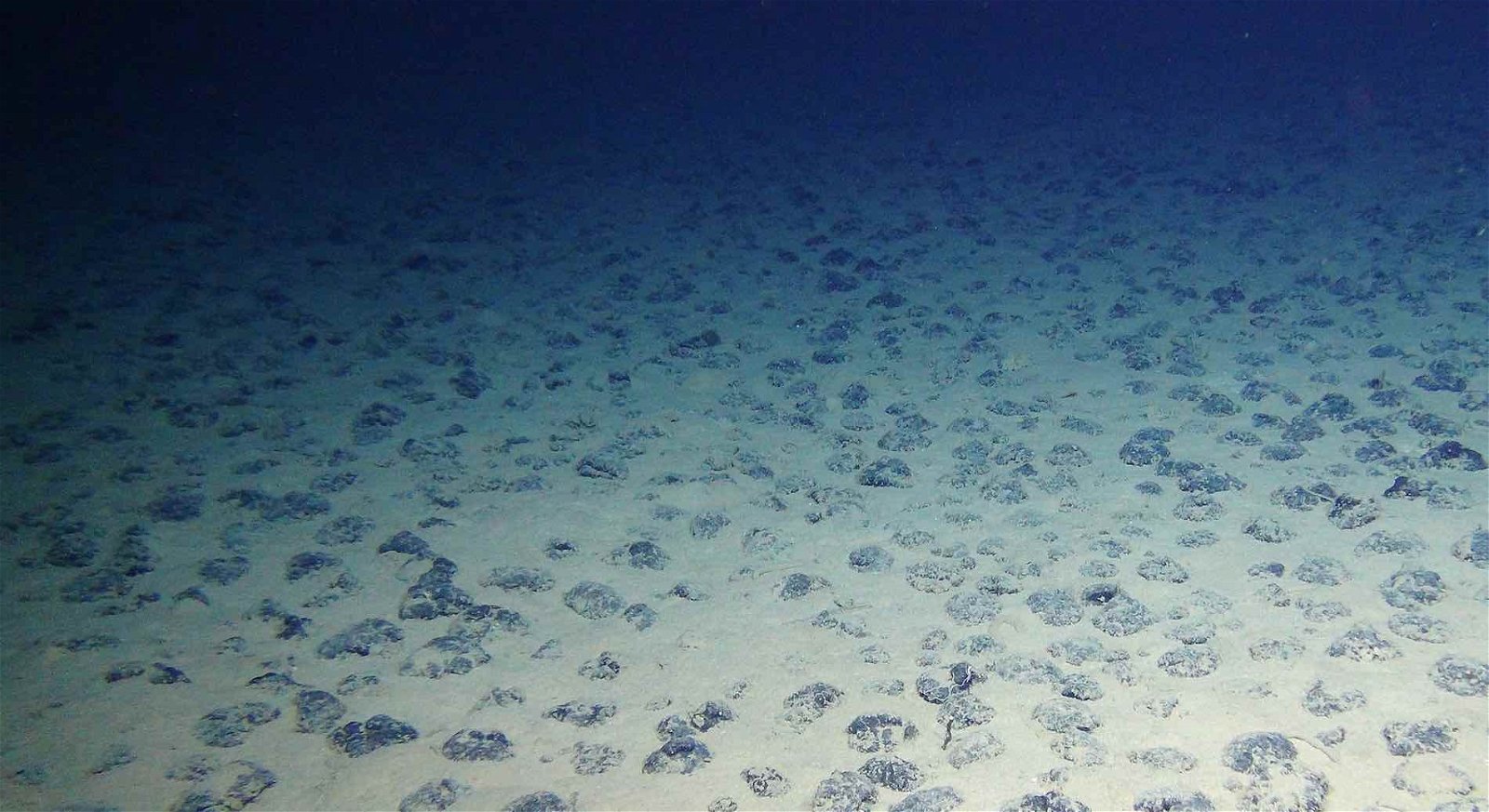Mining has long been one of the primary sources of the materials used to drive technological breakthroughs. The history of mining includes the retrieval of stone for making tools 2.6 million years ago, to the earliest evidence of coal mining in southern Africa. Fast forward to the 19th century and the introduction of the General Mining Act of 1872 in the United States, a development that incentivized prospectors and miners to continue searching for precious metals and other materials, leading to the cultivation of civilization as we know it today.
More recently though, society has demanded an increased level of mining to sustain the production of materials needed for green energy and advanced tech. New technologies often rely on rare metals in their production, and green energy isn’t just made possible by the wind and sun; it also requires batteries.
The transition toward green energy, although positive, isn’t clear-cut when it comes to mining. Regulations surrounding the extraction of metals, particularly from the deep sea, are poised to evolve with these changing energy consumption practices.
Rare Resources Used in Green Energy and Tech
On the surface, the resources needed for green energy and tech seem readily available. When you dig a little deeper, however, there is much more to their production than meets the eye. For instance, revolutionary tech often relies on the procurement of rather obscure metals.
Smart Tech
Smartphones need rare-earth metals to function. These finite resources include elements like yttrium, scandium, and lanthanides. Almost any element that is not radioactive can be found present in a modern phone, allowing the speakers and multi-colored touchscreens to work seamlessly.
In fact, this smart chemistry is the reason why many types of tech are available to consumers, businesses, and governments. Rare-earth-dependent technologies include computers, televisions, camera lenses, lasers, missiles, and even catalytic converters in cars. The U.S. Department of Energy relies on these rare metals so heavily that they have dubbed them “technology metals.”
Batteries for Green Energy
The shift towards green energy and advanced technologies has spurred an unprecedented demand for batteries, particularly for electric vehicles (EVs) and grid energy storage systems. Most notably, the increasing affordability of EVs through tax credits and other incentives has given rise to the demand of batteries to power those EVs. These EV batteries depend on rare metals like cobalt, manganese, and lithium, which are essential for their high energy density and long-term performance.
Rare metals are not exactly scarce, but they are hard to come by. The earth is sprinkled with them, but the issue comes about when there are jurisdictions over land — and sea. While land-based mining has been the traditional source of these metals, it is riddled with environmental and ethical concerns. This has prompted the exploration of alternative sources, including the vast deposits of these metals found on the ocean floor.
Looking to the Sea for Mining Metals
Deep-sea mining for copper, nickel, manganese, and cobalt has become a fledgling industry of its own. However, concerns include damage to fragile ecosystems on the ocean floor, the release of toxic substances during the mining process, and the displacement of unique marine species.
Scientists are divided on whether the benefits of accessing these mineral resources outweigh the potential environmental harm. Despite these reservations within the scientific community and beyond, underwater mining may still push forward to extract the necessary materials that are believed will be able to push the economy and environment in the right direction.
While they are crucial for reducing the world’s carbon footprint, securing a stable and ethical supply of these metals poses significant challenges. What’s more, there are many legal quagmires that deep-sea miners may run into when breaking into this industry. Many ocean floor areas are outside of any jurisdiction and present an enticing yet legally complex arena for extraction.
Legal Challenges Beyond National Jurisdiction
Enforcing regulations in remote and challenging deep-sea environments is a significant legal hurdle. The delicate ecosystems of the ocean floor are highly susceptible to damage from mining activities. Mishaps could lead to environmental disasters with far-reaching consequences.
The marine Areas Beyond National Jurisdiction (ABNJ), or the “high seas,” are outside of any local, federal, or national borders. This means that activities within them are not regulated by a particular governing body.
Potential Liability for Environmental Impact
Mining companies may become responsible for any adverse impacts their activities underwater have on the environment. Deep-sea mining can potentially damage the environment in several ways, including:
- Habitat destruction: the disruption of fragile and unique ecosystems on the ocean floor, destroying habitats for various marine species;
- Sediment plumes: the removal of minerals generating plumes of sediment that can smother marine life and affect water quality;
- Toxic releases: the emission of toxic substances and heavy metals into the water, harming aquatic organisms and the broader food chain;
- Altered seafloor topography: a change in the landscape of the seafloor, disrupting the natural balance and functions of deep-sea ecosystems.
Mining companies and their contractors will typically be held responsible for their direct involvement in creating environmental hazards. These entities are responsible for complying with relevant regulations, obtaining permits, and implementing environmental safeguards to mitigate and minimize their impact on the marine environment.
Labor Law Implications
In addition to environmental concerns, deep-sea mining raises labor-related challenges. Working in the extreme conditions of the ocean floor is fraught with risks, and ensuring the safety and well-being of workers is crucial. Labor laws and ethical considerations must be addressed to prevent exploitation and human rights violations.
Companies involved in deep-sea mining must adhere to international labor standards and ethical practices. This includes providing adequate training, safety measures, and fair compensation for workers. Furthermore, there must be mechanisms in place to prevent child labor and forced labor in this industry.
Supply Chain Transparency
As consumers increasingly prioritize ethical and sustainable products, they also demand transparency throughout the supply chain. This includes knowing the origin of the minerals used in their devices and vehicles. Companies involved in deep-sea mining should implement robust supply chain tracking systems to ensure the traceability of minerals from the ocean floor to the final product. This transparency can help verify the ethical and sustainable sourcing of these critical metals, reassuring consumers and investors alike.
Who Is Responsible for Enforcing Regulation on Mining?
When industrial activities are globalized, the waters quite literally become murky. One governing body is not directly responsible for industrial processes conducted beyond all jurisdictions although fortunately, there are organizations created just for this purpose, which may be able to leverage their influence to enforce deep-sea mining regulations.
International bodies like the International Seabed Authority (ISA) play a role in overseeing and regulating deep-sea mining activities in areas beyond national jurisdiction. The ISA may also have mechanisms in place to hold mining operators accountable for environmental damage and ensure that they have the financial means to address and remediate any harm caused.
Ultimately, establishing liability and enforcing responsibility for environmental impacts from deep-sea mining involves a combination of national and international regulatory frameworks, contractual agreements, and industry standards aimed at protecting the fragile ecosystems of the deep ocean.
Responsible deep-sea mining is possible with comprehensive safeguards and regulations in place. If done effectively, green tech may be able to flourish in the years ahead.
Amanda Winstead is a freelance science and technology writer. Follow her work online at her website.

